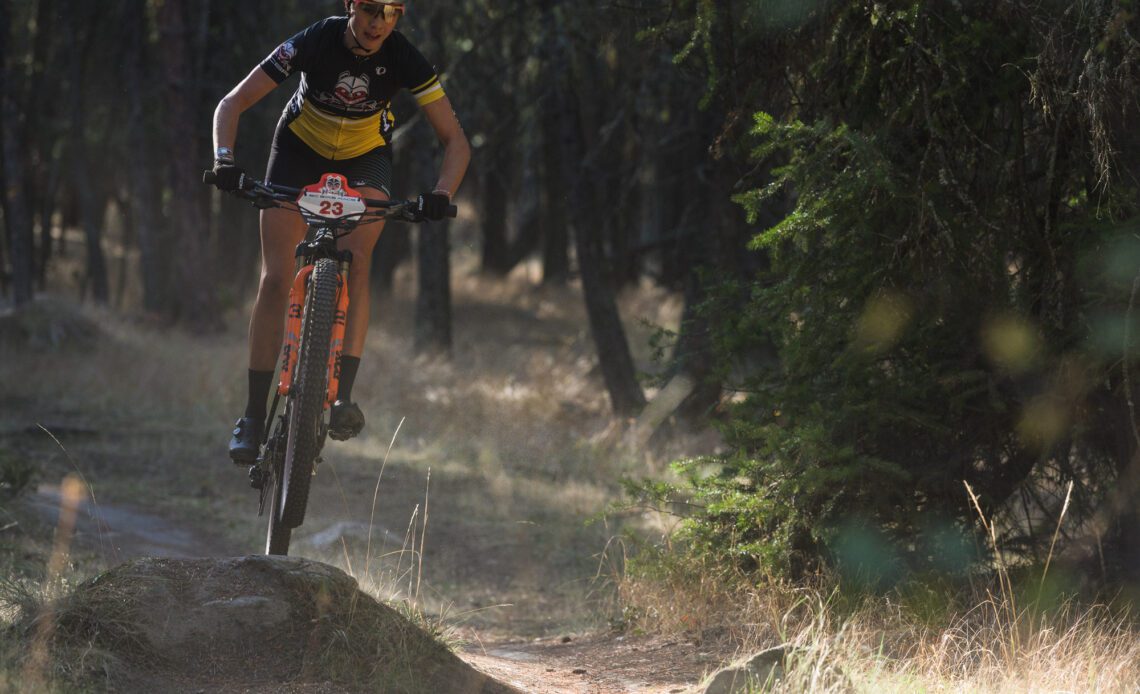When it comes to racing tires are one of, if not the most important part of any rider’s set-up. Matching tires to conditions can make or break a race weekend.
Don’t have the right tires for mud? It doesn’t how much you train if you slide out of every corner. Mud tires in dry conditions? You’ll be wasting watts and, somehow, still sliding.
And, of course, no tire is going to go fast if you can’t keep air in it. Walking is slower than riding, especially when you’re pushing a bike.
To find out more about the art of choosing the right race tire, we turned to two Canadians who have a long list of race wins to their names: elite national champion Jenn Jackson and two-time under-23 national champion and BC Bike Race winner Laurie Arseneault. Both represent Canada at World Cups around the world with Canyon MTB Racing. Jackson also spends her winters and rest days wrenching at a bike shop in Kamloops, B.C. After seeing courses across North America and Europe, both know a thing or two about matching your tread to the trails perfectly.
Canadian MTB: What course factors do you conder when choosing a tire combo when you arrive at a new World Cup venue?
Laurie Arseneault: It always depends on the course conditions, like if there are more roots, loose rocks, or bumpy sections. After looking at the track the first day, we choose based on that.
A wet course really impacts our tire choice. For myself, I don’t really question it when it’s raining, I always go with a more aggressive tire for more grips #GripIsYourFriend. In that case, I’ll choose the Rocket Ron.
Jenn Jackson: Primarily the nature of the track surface: moisture content, hardness/looseness of the ground. Secondarily would be what is on the track itself: roots, rocks, wood bridges, etc. How their characteristics change, in terms of sharpness and grippiness in dry or wet conditions, is important too.
For example if the track conditions are firm and dry, I’d run Thunder Burts. It has super low rolling resistance and high contact area for traction over any roots or rocks on course. If there were some loamy or loose areas with gradient (climbs/descents), I’d probably move to a Ralph/Ray intermediate tread combo to get a bit more bite when the ground pushes away or moves. If the climbs are firm but descents getting loose, take an intermediate up front for confidence and then…
Click Here to Read the Full Original Article at Canadian Cycling Magazine…

